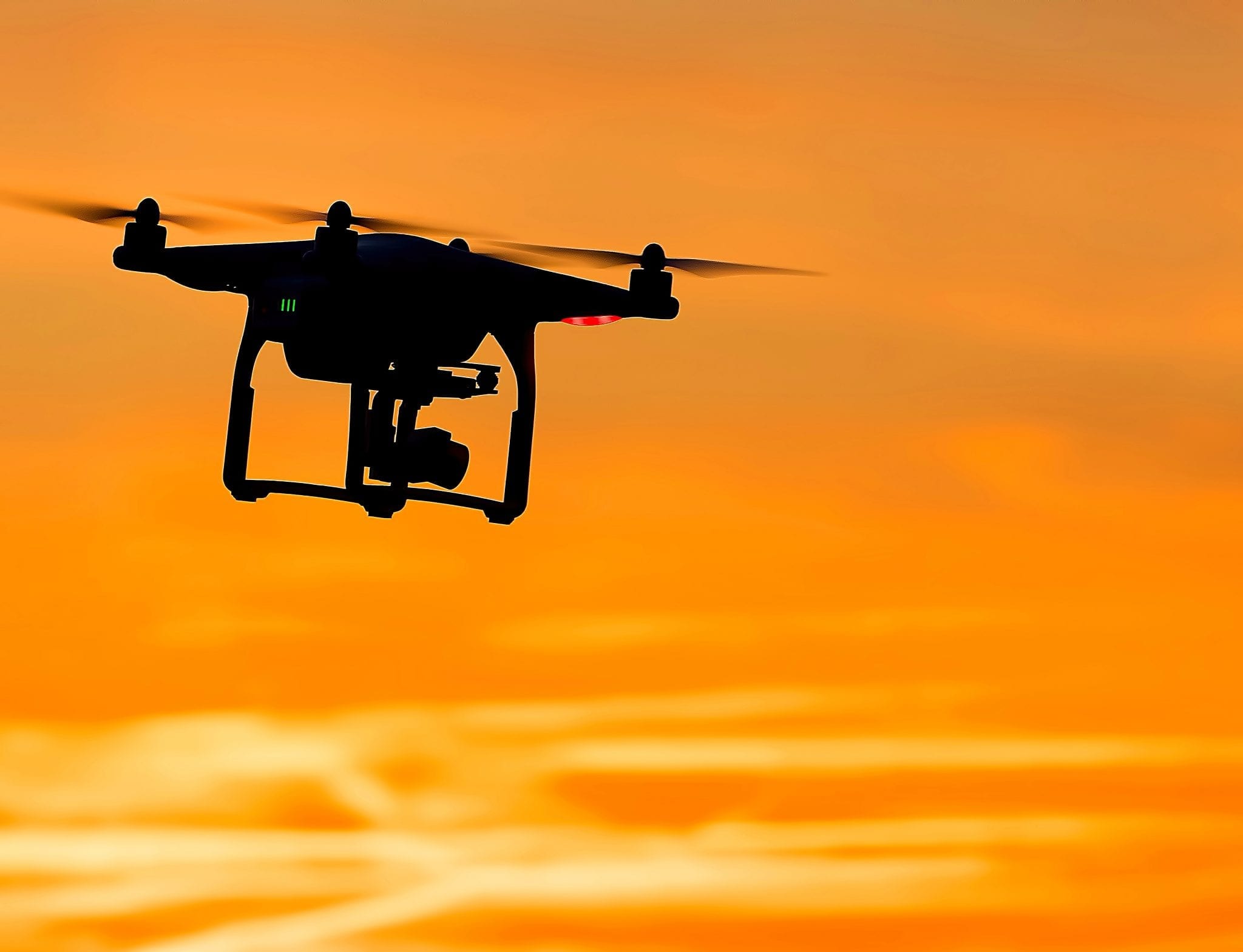Today on the Edge of Innovation, we are talking with Brian Gravel about Media Technology and working with video.

Hacking the Future of Business!

Today on the Edge of Innovation, we are talking with Brian Gravel about Media Technology and working with video.

Today on the Edge of Innovation, we are talking with Brian Gravel about The Amazing New World of Drones.